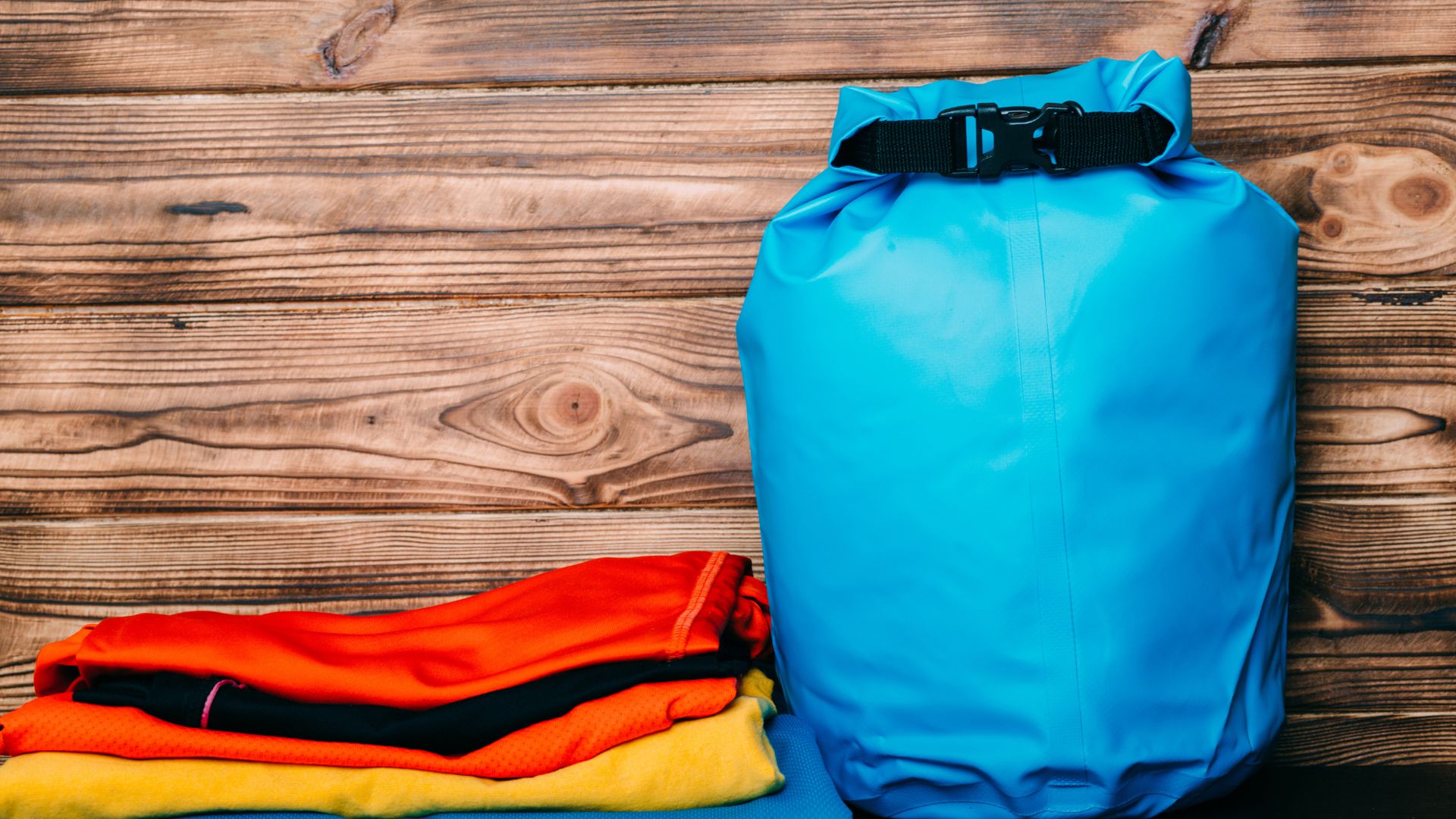Protect Yourself With Waterproof Outdoor Apparel

As you hike in light rain or heavy snowfall, wearing waterproof clothing will help protect you from nature’s elements. Understanding which fabrics are used will be key for choosing appropriate gear.
GORE-TEX membranes have long been the go-to choice for mountaineering and skiing fabrics, yet thin Polyurethane and Polyester membranes have quickly gained in popularity due to their greater breathability ratings.
Waterproof
Waterproof fabrics are manufactured to repel moisture while still allowing water vapor (sweat) to escape through an impervious membrane that has been laminated onto a face fabric such as nylon or polyester.
Gore-Tex membranes have long dominated the market; however, more advanced Polyurethane and Polyester membranes are increasingly being used for 2-layer mountaineering gear, ski clothing, climbing attire and snowsuits. When selecting appropriate gear depending on activity level and intensity level it’s crucial to understand exactly which level of waterproofing and breathability will best serve them.
Waterproof ratings are commonly measured in millimeters per square meter of fabric over 24 hours, similar to how we measure rainfall; however, different labs test and rate fabrics differently; therefore comparing “waterproofness” between brands of apparel can be complex and subjective.
Breathable
Breathable fabrics allow water vapor to escape your gear, helping prevent overheating. They’re especially helpful during intensive activity that produces sweat.
Waterproof/breathable fabrics (like the GORE-TEX family of products) help limit water penetration while permitting moisture evaporation from within, and reduce condensation. They do this by combining waterproof layers with permeable membranes that create airflow to limit condensation.
Some companies produce their own proprietary waterproof/breathable fabrics, such as Patagonia’s H2No(r) fabric and Rohan’s Barricade(tm). Other waterproof/breathable options available from Marmot’s eVent technology and The North Face DryVent(tm).
Most waterproof breathable gear is “critically taped,” or fully taped. This means all seams are sealed using heat applied thin waterproof tape to seal leaks. Garments fully taped cover all seams, while those critical taped have high exposure areas only covered. Fully-taped rain jackets and pants offer greater moisture protection compared to lightly-taped versions.
Durability
Durability is key when it comes to sustainable clothing, as it extends its lifespan. Polyester fabric is highly resilient, resistant to stretching, abrasion, mold/mildew growth and rot; furthermore it often uses solution dyeing instead of bleaching to minimize waste during manufacturing.
Nearly all outerwear fabric face fabrics are coated with DWR (durable water repellent) treatments to keep rainwater away and preserve breathability, but repeated exposure to dirt and abrasion may wear away this protective treatment, leaving fabric exposed and incapable of repelling moisture.
Some fabrics utilize an inner liner to protect their waterproof membrane against abrasion, while other designs feature the waterproof membrane laminated to a lightweight yet durable outer fabric with a tight bond – known as 2, 2.5 or 3 layers and providing exceptional durability; making this construction type ideal for backcountry and alpine excursions.
Care
Cleaning technical gear requires following the care instructions on its label. Washing waterproof jackets or sleeping bags helps maintain clean fabric as well as reinvigorate their DWR treatment, which will prolong their usefulness and prolong their lifespan.
Over time and with heavy use, dirt, body oils and other contaminants accumulate on clothing or gear and compromise its hydrophobic performance. DWR treatments deteriorate over time, necessitating retreatment to keep it performing at its optimal levels.
Nikwax Tech Wash laundry detergent can help keep the membrane of technical outerwear clear of residue that could block its pores, so using this as the starting point is wise. Mixing technical outerwear with other clothing items could leave unwanted traces that clog its membrane.
Re-sealing, repairing and replacing zips and cord locks are additional ways to extend the life of waterproof clothing. By caring for it properly, this will prevent early disposal in landfills while decreasing waste production.
